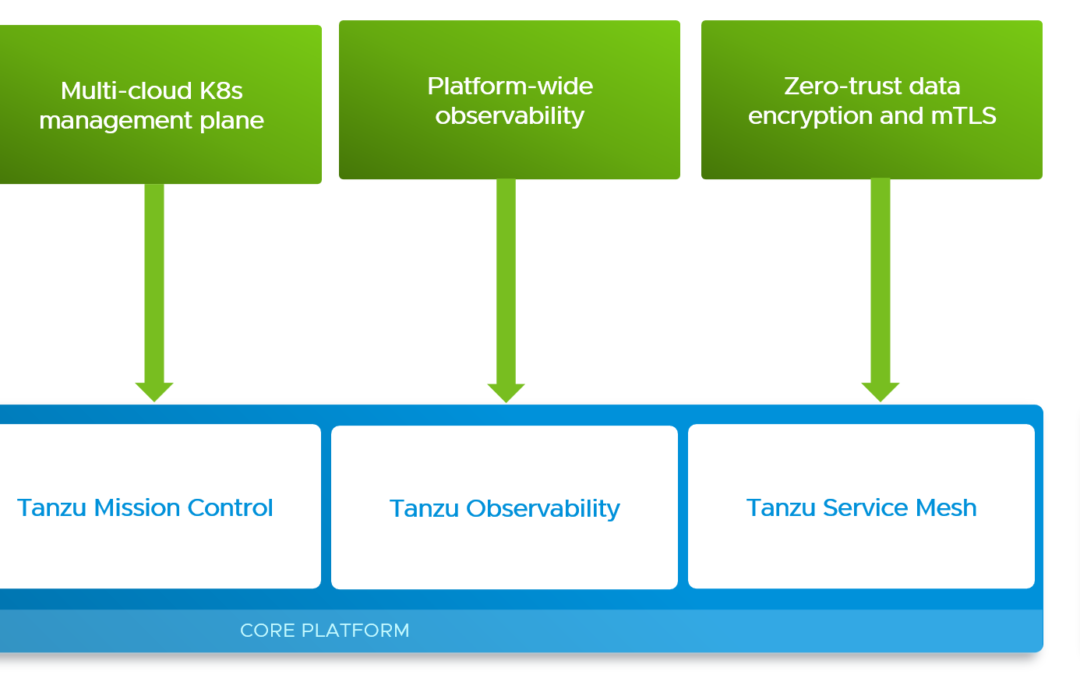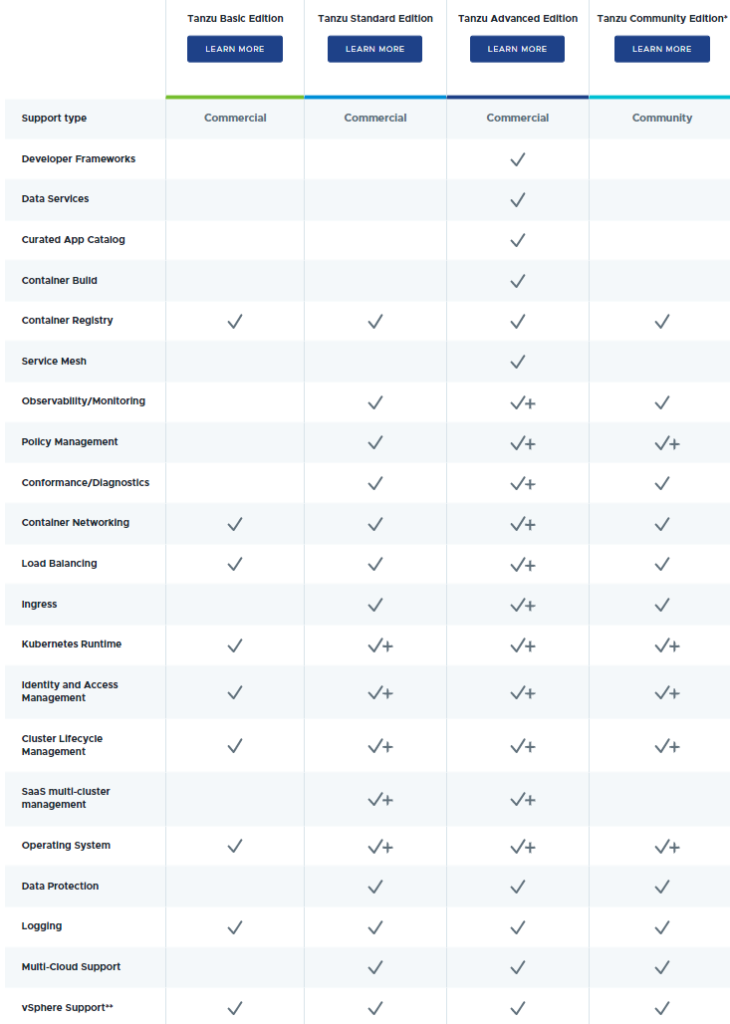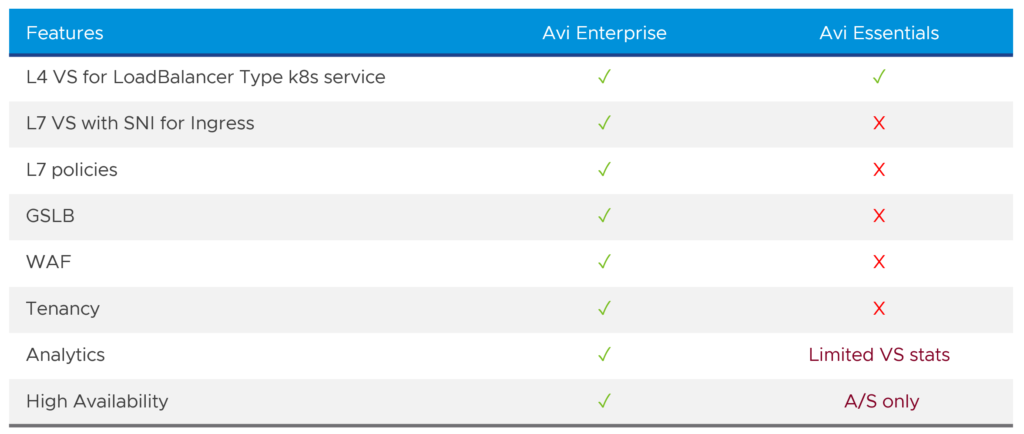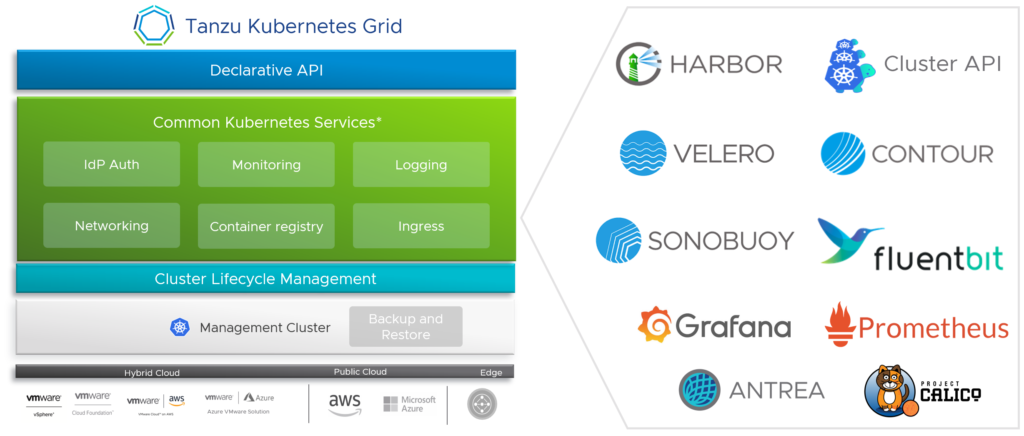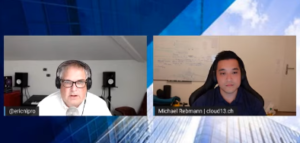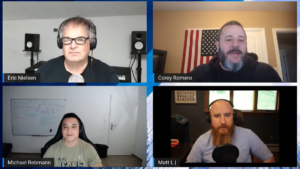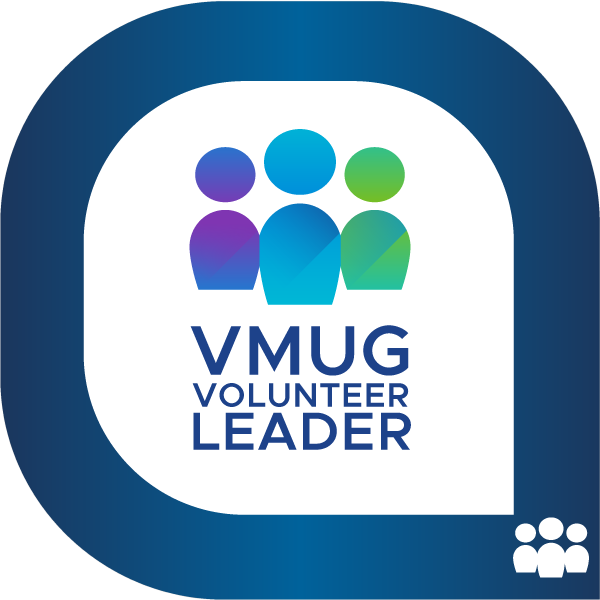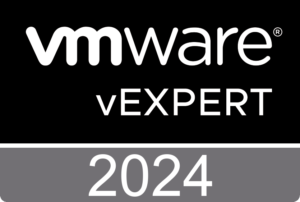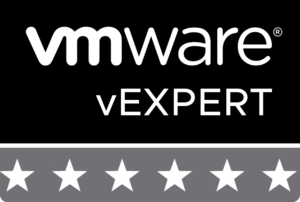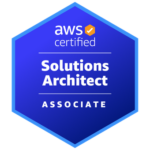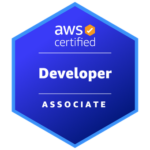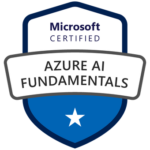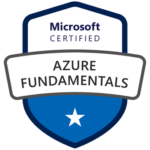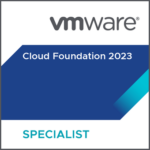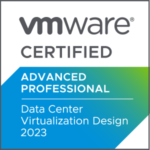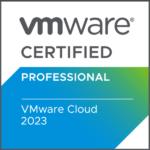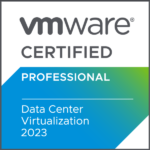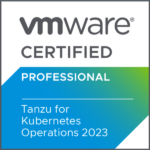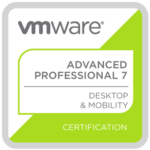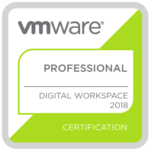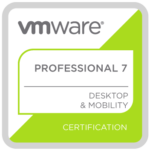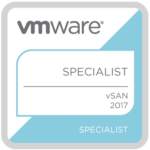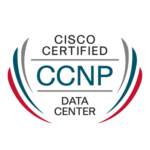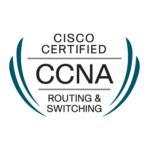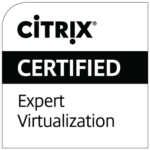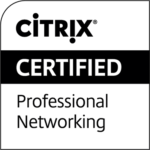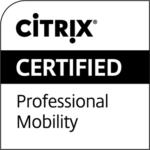
Build a Digital Manufacturing Platform with the VMware Edge Compute Stack
VMware revealed their edge computing vision at VMworld 2021. In VMware’s view the multi-cloud extends from the public clouds to private clouds to edge. Edge is about bringing apps and services closer to where they are needed, especially in sectors like retail, transportation, energy and manufacturing.
In verticals like manufacturing the edge was always important. It’s about producing things than you can sell. If you cannot produce, you lose time and money. Reliability, stability and factory uptime are not new requirements. But why is edge becoming so important now?
Without looking at any analyst report and only providing experience from the field, it is clear why. Almost all of the large enterprises are migrating workloads from their global (central) data centers to the public cloud. At the same time, customers are looking at new innovations and technologies to connect their machines, processes, people and data in a much more efficient way.
Which requirement did all my customers have in common? They didn’t want to move their dozens or hundreds of edge infrastructures to the public cloud, because the factories should work independently and autonomously in case of a WAN outage for example. Additionally, some VMware technologies were already deployed at the edge.
VMware Edge Compute Stack
This is why VMware introduced the so-called “Edge Compute Stack” (ECS) in October 2021, which is provides a unified platform to run VMs alongside containerized applications at the far edge (aka enterprise edge). ECS is a purpose-built stack that is available in three different editions (information based on initial availability from VMworld 2021):

As you can see, each VMware Edge Compute Stack edition has the vSphere Enterprise+ (hypervisor) included, software-defined storage with vSAN is optional, but Tanzu for running containers is always included.
While ECS is great, the purpose of this article is about highlighting different solutions and technologies that help you to build the foundation for a digital manufacturing platform.
IT/OT Convergence
You most probably have a mix of home-grown and COTS (commercial off-the-shelf) software, that need to be deployed in your edge locations (e.g., factories, markets, shops etc.). In manufacturing, OT (operational technology) vendors have just started the adoption of container technologies due to unique technology requirements and the business model that relies on proprietary systems.
The OT world is typically very hardware-centric and uses proprietary architectures. These systems and architectures, which were put into production 15-20 years ago, are still functional. It just worked.
While these methods and architectures have been very good, the manufacturing industry realized that this static and inflexible approach resulted in a technology debt, that didn’t allow any innovation for a long period of time.
Manufacturing companies are moving to a cloud-native architecture that should provide more flexibility and vendor interoperability with the same focus in mind: To provide a reliable, scalable and flexible infrastructure.
This is when VMware becomes relevant again with their (edge) compute stack. VMware vSphere allows you to run VMs and containers on the same platform. This is true for IT and OT workloads, that’s IT partial IT/OT covergence.
You may ask yourself how you then would design the network. I’ll answer this topic in a minute.
Kubernetes Operations
IT platform teams, who design and manage the edge have to expand their (VMware) platform capabilities that allow them to deploy and host containers. Like I said before, this is why Tanzu is included in all the VMware Edge Compute Stack editions. Kubernetes is the new Infrastructure-as-a-Service (IaaS) and so it makes only sense that the container deployment and management capability is included.
How do you provide centralized or regional Kubernetes management and operations if you don’t have a global (regional) data center anymore?
With a hybrid approach, by using Tanzu for Kubernetes Operations (TKO), a set of SaaS services that allow you to run, manage, connect and secure your container infrastructure across clouds and edge locations.
IT/OT Security
Now you have the right platform to run your IT and OT workloads on the same hypervisor or compute platform. You also have a SaaS-based control plane to deploy and manage your Kubernetes clusters.
As soon as you are dealing with a very dynamic environment where containers exist, you are having discussions about software-defined networking or virtualized networks. Apart from that, every organization and manufacturer are transforming their network and security at the edge and talk about network segmentation (and cybersecurity!).
Traditionally, you’ll find the Purdue Model implemented, a concept model for industrial control systems (ICS) that breaks the network in two zones:
- Information Technology (IT)
- Operational Technology (OT)

Source: https://www.automationworld.com/factory/iiot/article/21132891/is-the-purdue-model-still-relevant
In these IT and OT zones you’ll find subzones that describe different layers and the ICS components. As you can see as well, each level is secured by a dedicated physical firewall appliance. From this drawing one could say that the IT and OT world converge in the DMZ layer, because of the bidirectional traffic flow.
VMware is one of the pioneers when it comes to network segmentation that helps you driving IT/OT convergence. This is made possible by using network virtualization. As soon as you are using the VMware hypervisor and its integrated virtual switch, you are already using a virtualized network.
To bring IT and OT closer together and to provide a virtualized network design based on the Purdue Model including a zero-trust network architecture, you would start looking at VMware NSX to implement that.
In case you are looking for a software-defined load balancer or application delivery controller, have a look at NSX Advanced Load Balancer (formerly known as Avi).
PLC Virtualization
In level 2 of the Purdue Model, which hosts the systems for supervising, monitoring and controlling the physical process, you will find components like human-machine interfaces (HMI) and supervisory control and data acquisition (SCADA) software.
In level 3, manufacturing execution systems (MES) can be found.
Nowadays, most companies already run their HMIs, SCADAs and MES software in virtual machines on the VMware vSphere hypervisor.
The next big thing is the virtualization of PLCs (programmable logic controller), which is an industrial computer that controls manufacturing processes, such as machines, assembly lines and robotic devices. Traditional PLC implementations in hardware are costly and lack scalability.
That is why the company SDA was looking for a less hardware-centric but more software-centric approach and developed the SDA vPLC that is able to meet sub 10ms performance.
This vPLC solution is based on a hybrid architecture between a cloud system and the industrial workload at the edge, which has been tested on VMware’s Edge Compute Stack.
Monitoring & Troubleshooting
One area, which we haven’t highlighted yet, is the monitoring and troubleshooting of virtual machines (VMs). The majority of your workloads are still VM-based. How do you monitor these workloads and applications, deal with resource and capacity planning/management, and troubleshoot, if you don’t have a central data center anymore?
With the same approach as before – just with a cloud-based service. Most organizations rely on vRealize Operations (vROps) and vRealize Log Insight (vRLI) for their IT operations and platform teams gain visibility in all the main and edge data centers.
You can still use vROps and vRLI (on-premises) in your factories, but VMware recommends using the vRealize Cloud Universal (vRCU) SaaS management suite, that gives you the flexibility to deploy your vRealize products on-premises or as SaaS. In an edge use case the SaaS-based control plane just makes sense.
In addition to vRealize Operations Cloud you can make use of the vRealize True Visibility Suite (TVS), that extends your vRealize Operations platform with management packs and connectors to monitor different compute, storage, network, application and database vendors and solutions.
Factory VDI
Some of your factories may need virtual apps or desktops and for edge use cases there are different possible architectures available. Where a factory has a few hundred of concurrent users, a dedicated standalone VDI/RDSH deployment might make sense. What if you have hundreds of smaller factories and don’t want to maintain a complete VDI/RDSH infrastructure?
VMware is currently working on a new architecture for VMware Horizon (aka VMware Horizon Next-Generation) and their goal is to provide a single, unified platform across on-premises and cloud environments. They also plan to do that by introducing a pod-less architecture that moves key components to the VMware-hosted Horizon (Cloud) Control Plane.
This architecture is perfectly made for edge use cases and with this approach customers can reduce costs, expect increased scalability, improve troubleshooting and provide a seamless experience for any edge or cloud location.

Management for Enterprise Wearables
If your innovation and tech team are exploring new possibilities with wearable technologies like augmented reality (AR), mixed reality (MR) and virtual reality (VR) head-mounted displays (HMDs), then VMware Workspace ONE Unified Endpoint Management (UEM) can help you to securely manage these devices!
Workspace ONE UEM is very strong when it comes to the modern management of Windows Desktop and macOS operating systems, and device management (Android/iOS).
Conclusion
As you can see, VMware has a lot to offer for the enterprise edge. Organizations that are multi-cloud and keep their edge locations on-premises, have a lot of new technologies and possibilities nowadays.
VMware’s strengths are unfolded as soon as you combine different solutions. And these solutions help you to work on your priorities and requirements to build the right foundation for a digital manufacturing platform.
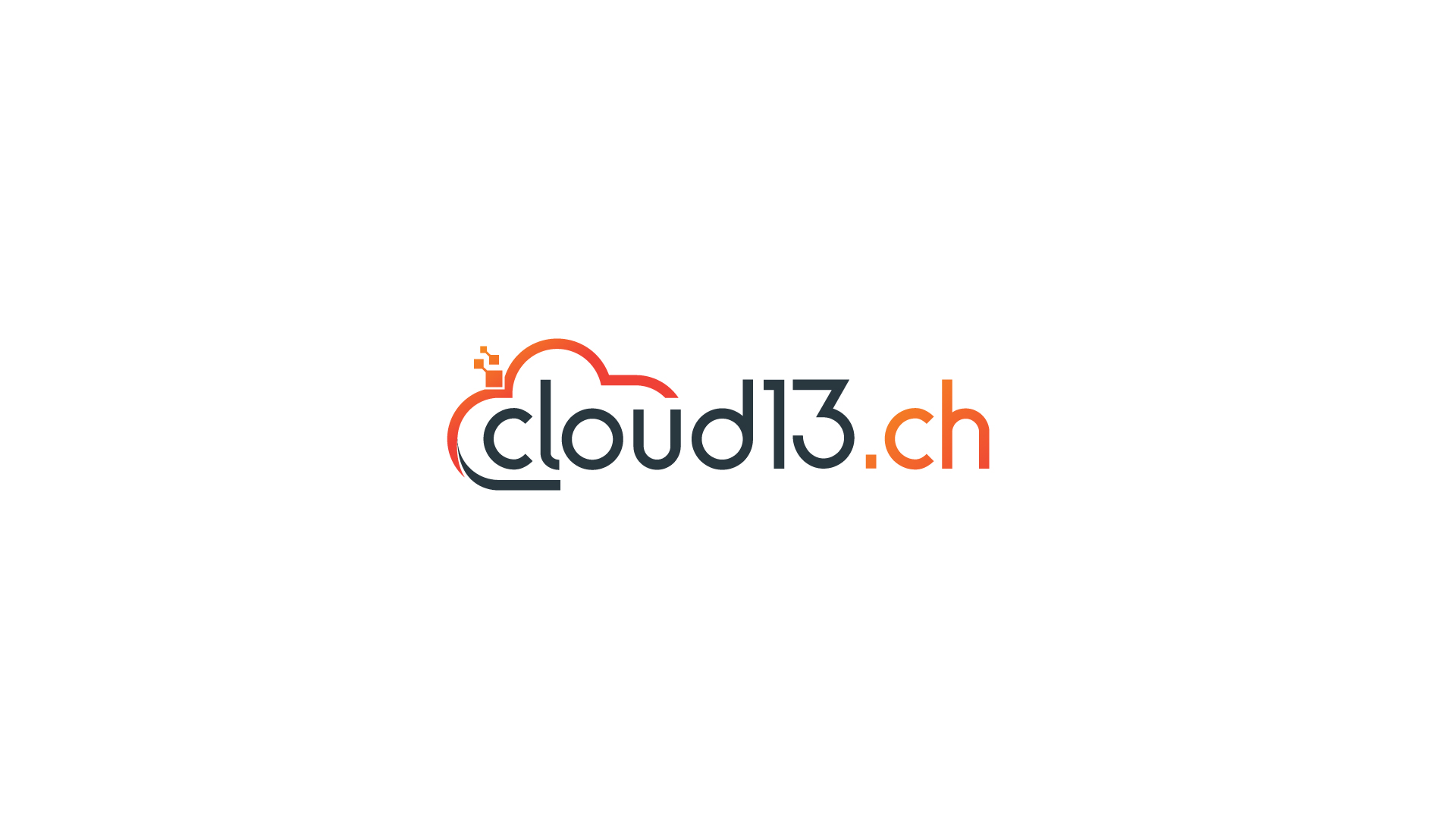


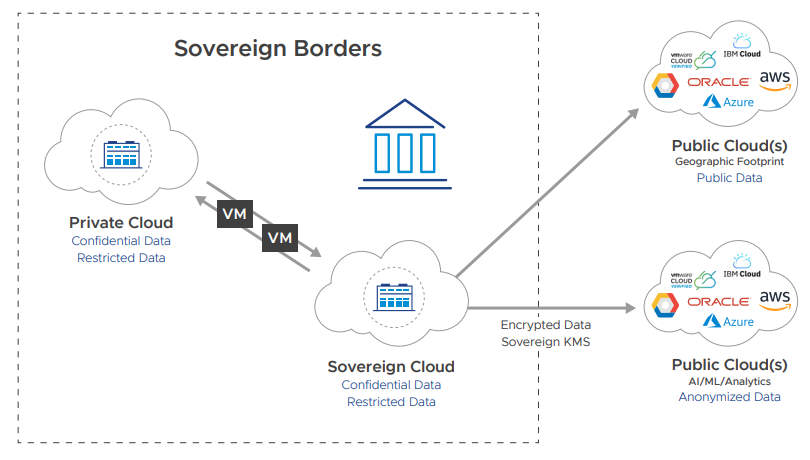

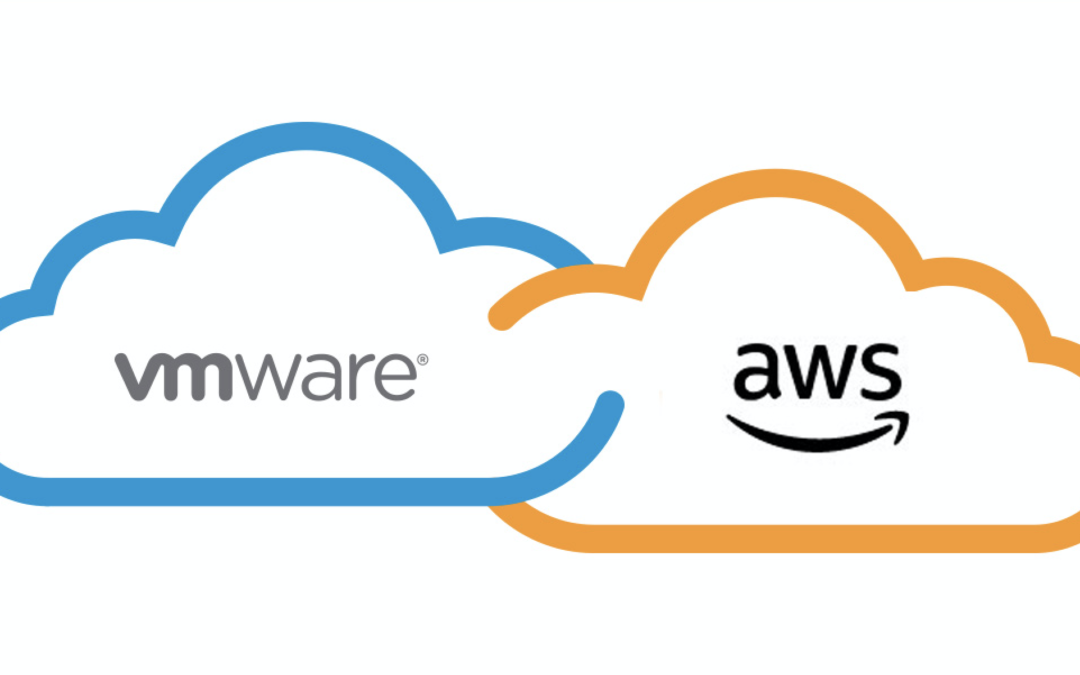

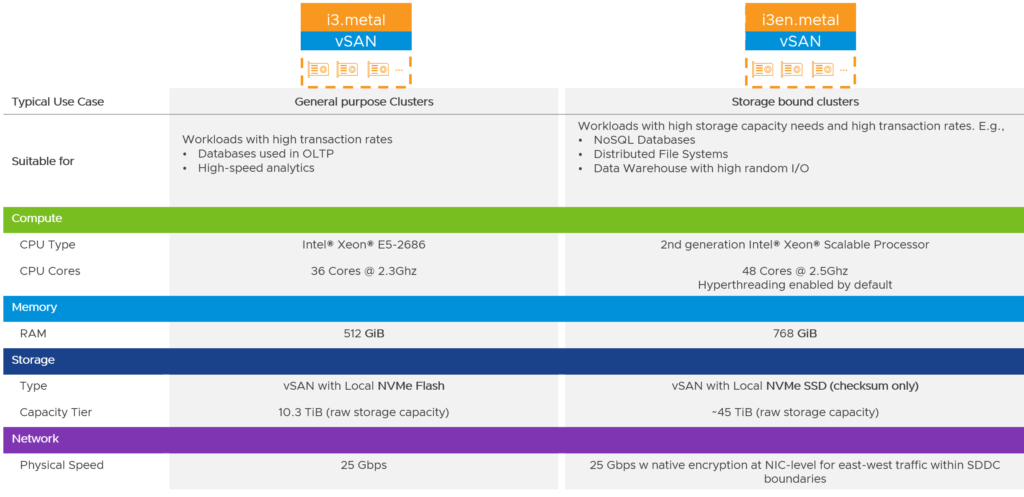
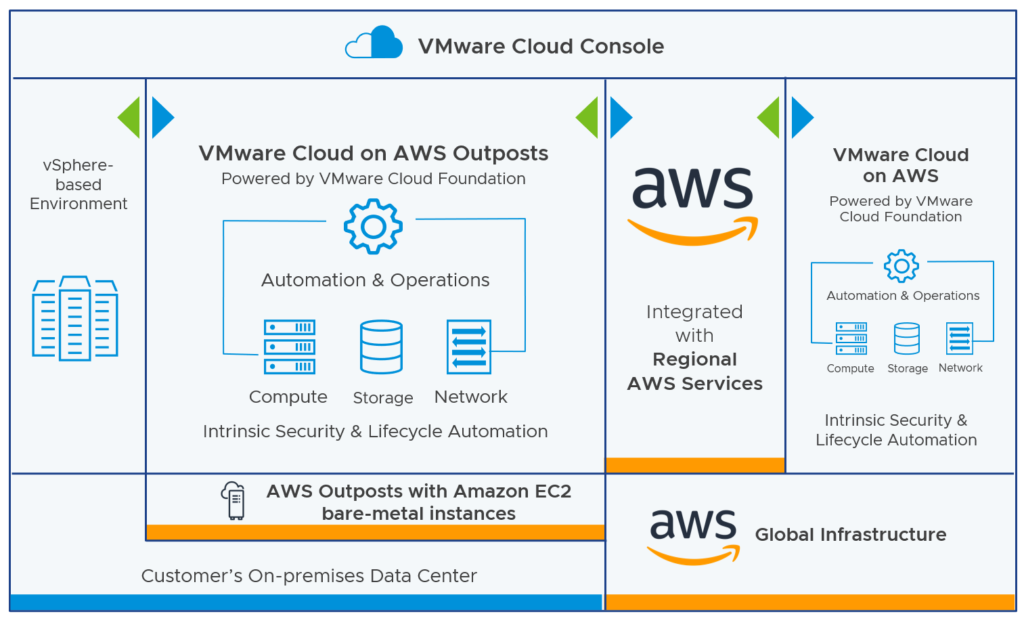

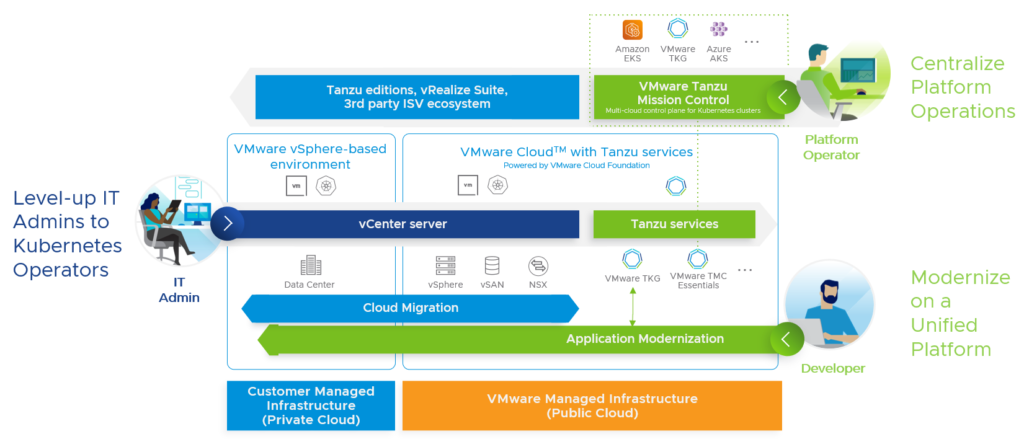
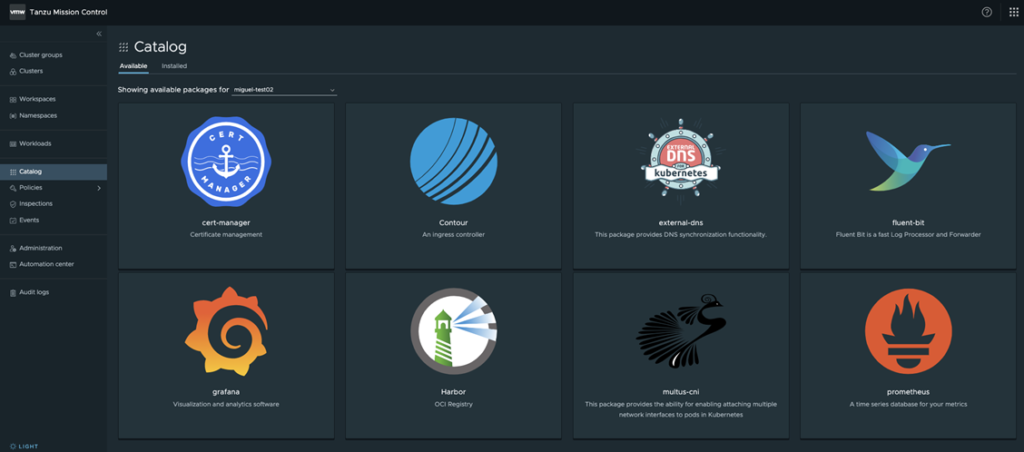

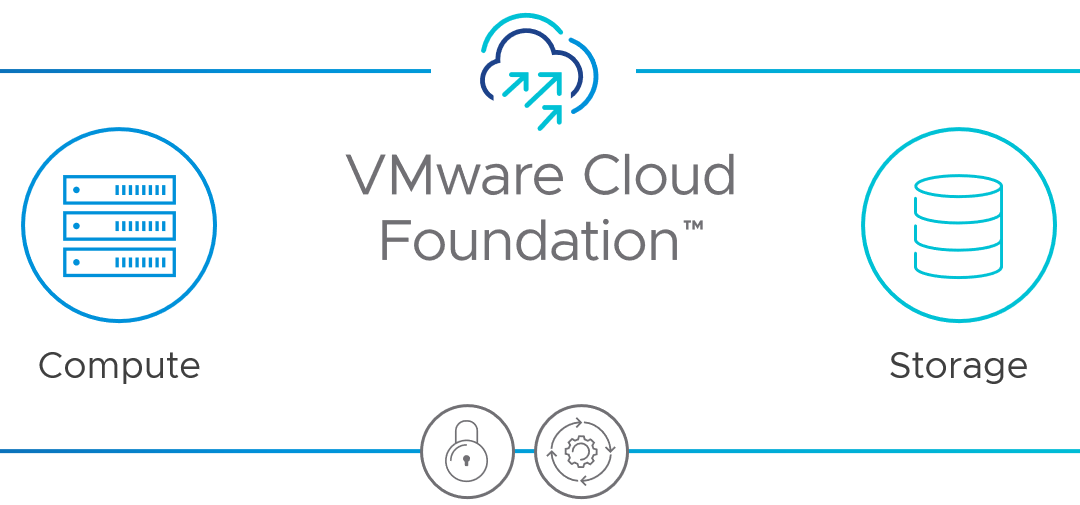

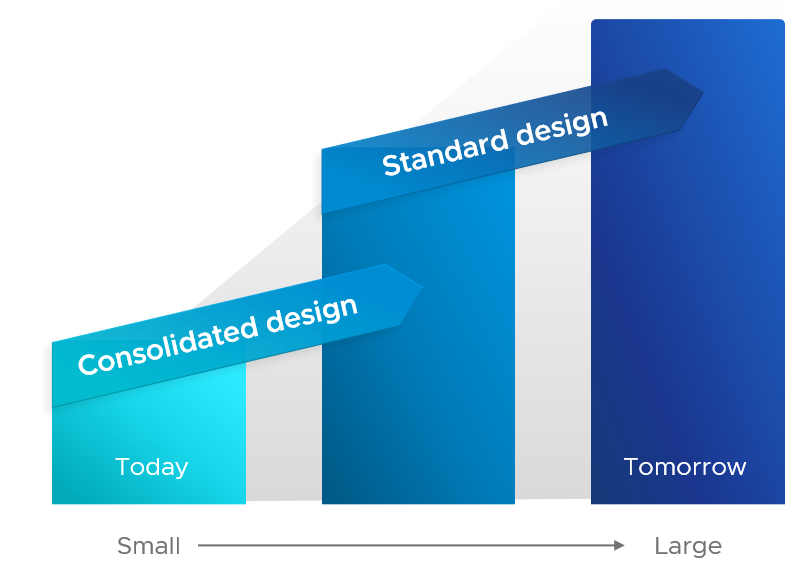


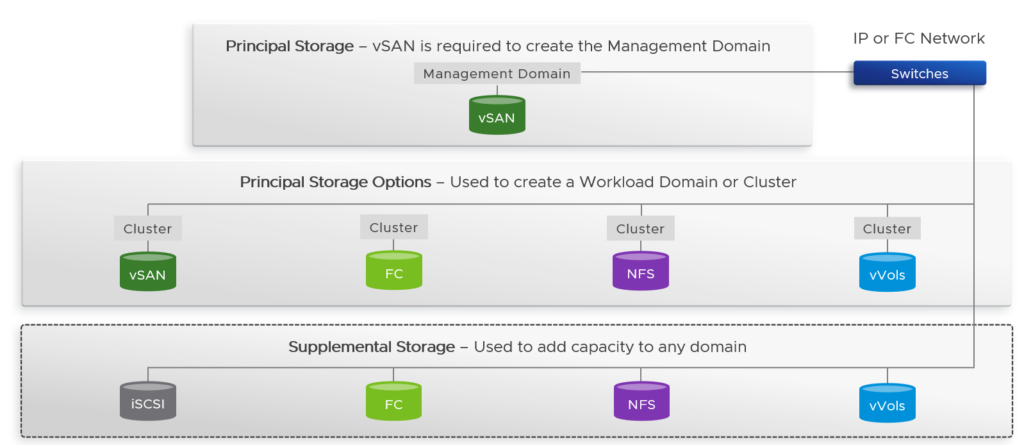
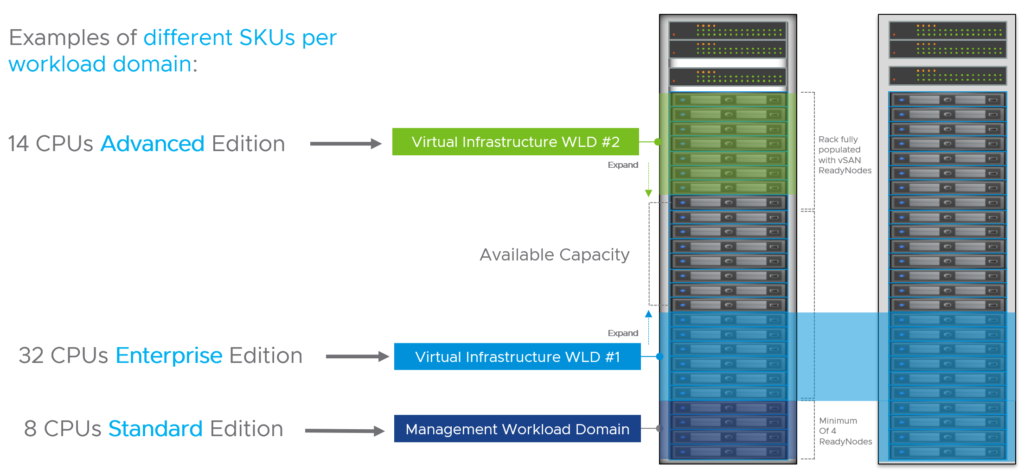
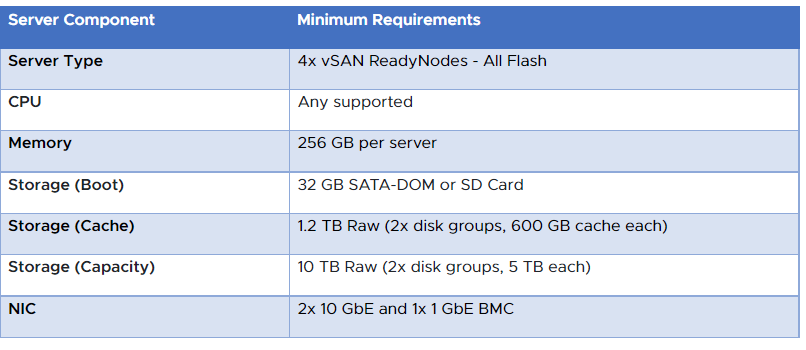


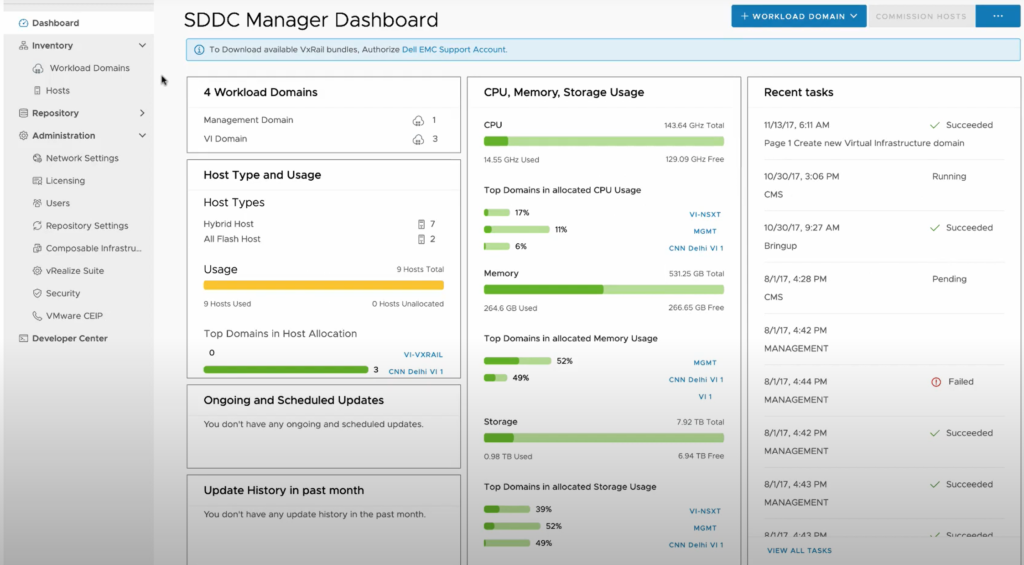
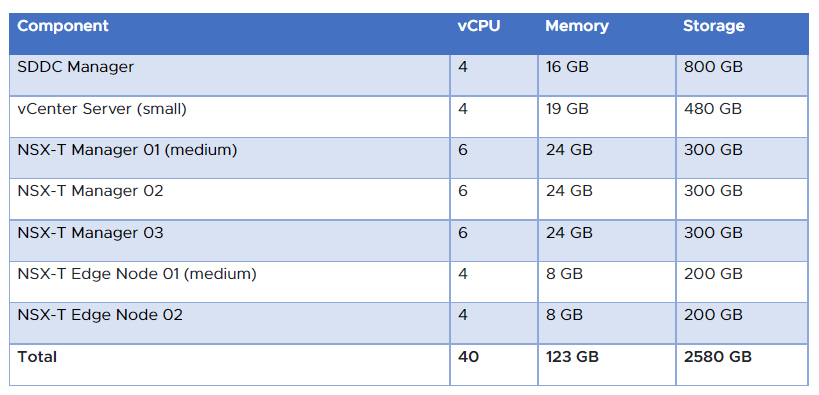
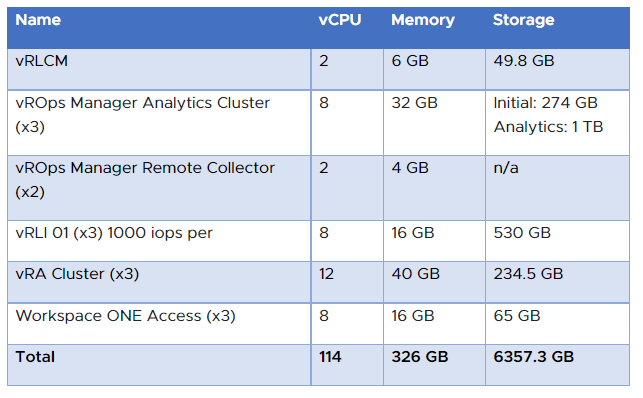
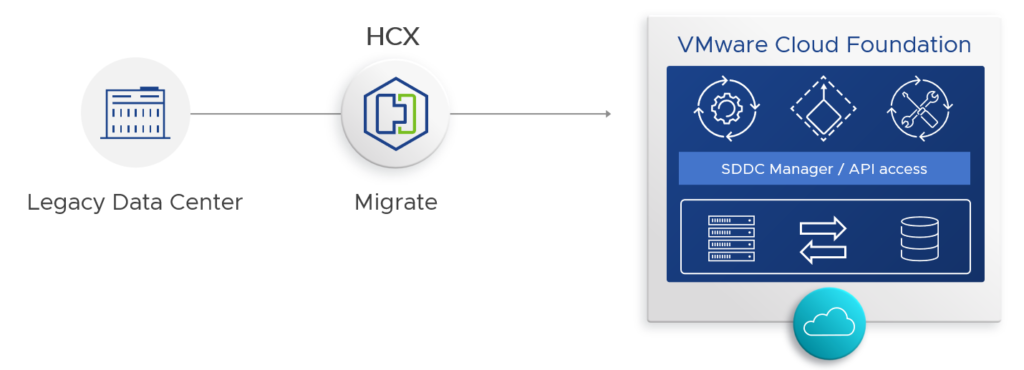

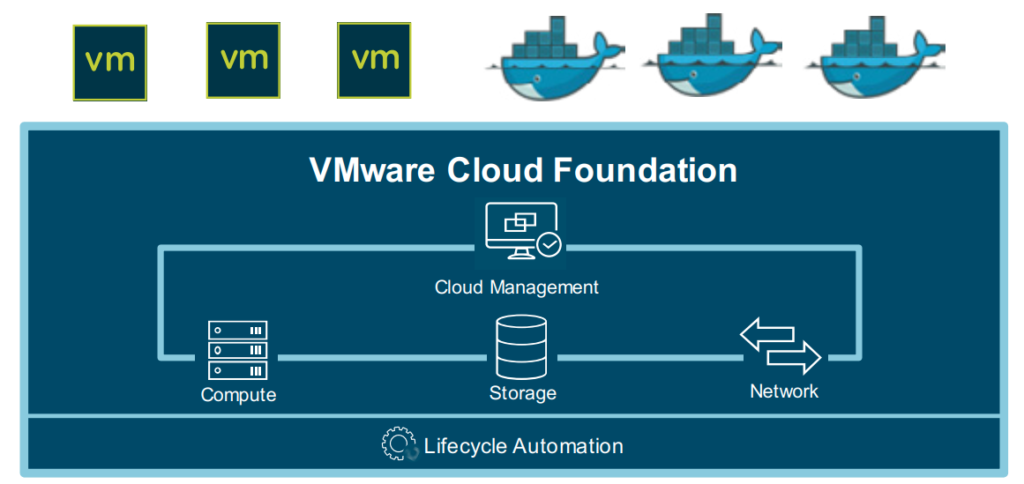


 vRealize AI (vRAI) learns about your operating environments, application demands and adapts to changing dynamics, ensuring optimization per stated KPI. vRAI Cloud is only available on vRealize Operations Cloud via the vRealize Cloud Universal subscription.
vRealize AI (vRAI) learns about your operating environments, application demands and adapts to changing dynamics, ensuring optimization per stated KPI. vRAI Cloud is only available on vRealize Operations Cloud via the vRealize Cloud Universal subscription.
